I’ve always had a soft spot for small towns that carry centuries of history in their veins. When I decided to visit Foggia, a city in the southern Italian region of Puglia, I had no idea how deeply its rich history would pull me in. Nestled at the edge of the Gargano National Park, Foggia’s journey through time is woven through Roman ruins, medieval streets, and countless centuries of culture. My visit to this often-overlooked gem turned out to be an unforgettable exploration of Italy’s deep past.
1. Ancient Foundations: Foggia’s Roman Roots
Foggia’s history stretches far back, but it’s the Roman period that I found particularly fascinating. The area was first settled in the Roman era, with some evidence suggesting that it was known as “Daunia,” a significant center of trade and culture during the Roman Empire. Though much of the Roman influence has been buried over time, traces of that era are scattered across the town.
The most remarkable Roman remnants can be found in the nearby archaeological site of Siponto, just a short drive from Foggia. Here, I stood before the ruins of a Roman city that once thrived along the Adriatic coast. Walking along the cobbled streets of Siponto, I could almost hear the bustle of ancient life. The remains of public baths, a theater, and various residential buildings paint a vivid picture of daily life in the Roman era. The most striking feature of Siponto, however, is the Roman amphitheater, which, though partially in ruins, still hints at the grandeur it once had. I stood at its edge, imagining the gladiatorial battles and public spectacles that would have taken place there centuries ago.
Even within Foggia itself, evidence of the Roman presence isn’t hard to find. The Piazza Cavour, one of the town’s central squares, is said to sit atop the remains of a Roman villa. While the archaeological sites aren’t as easily accessible within the city, just walking through the streets and looking at the layers of architecture gave me a sense of the town’s ancient past.
2. Medieval Foggia: The Rise of a Strategic City
As I wandered through Foggia, the true charm of the city became evident in its medieval streets. The town’s medieval history is intimately connected with its strategic location. Foggia lies at the crossroads of several important routes, making it a key site for various civilizations that ruled the area over the centuries. In the Middle Ages, the city became a hub for agriculture, trade, and military power, attracting the attention of both the Byzantine Empire and later, the Normans.
The Castello di Foggia, or Foggia Castle, is one of the most important landmarks from this period. Constructed in the 12th century by the Normans, the castle has seen countless reconstructions and renovations over the centuries. Though much of it has been modified over time, I was captivated by its towering walls and the sense of power they exuded. The castle, situated at the top of a hill, provided panoramic views of the surrounding plains, and standing on its ramparts, I could only imagine the countless battles fought to control this region throughout history.

Inside the castle, remnants of medieval frescoes and murals are still visible, adding an extra layer of mystery to the place. These murals, though worn by time, tell stories of knights, battles, and courtly life. The atmosphere inside the castle was thick with history, and I couldn’t help but feel the weight of centuries pressing down on me as I moved from room to room. The National Archaeological Museum of Foggia is also worth a visit for those interested in delving deeper into the history of the city and the region. The museum houses artifacts from the prehistoric, Roman, and medieval periods, providing a fascinating insight into the town’s transformation over the ages.
3. A Stroll Through Foggia’s Historic Streets
Exploring the town center of Foggia itself was like stepping back in time. As I wandered through the narrow streets, I could feel the distinct blend of history that ran through its veins. The historic center is a maze of alleys, ancient churches, and charming piazzas, each with a story to tell.
The Cattedrale di Foggia, or the Cathedral of Foggia, is one of the most prominent medieval buildings in the city. Originally built in the 11th century, the cathedral has undergone several reconstructions, but its Romanesque facade still stands as a reminder of Foggia’s early Christian history. Inside, I was struck by the contrast between the simplicity of the stone walls and the delicate stained-glass windows that painted the interior with a colorful glow. The cathedral’s quiet solemnity was a peaceful respite from the hustle of the surrounding streets.
A short walk away is the Piazza del Teatro, home to the historic Teatro Giordano. The theater, built in the late 19th century, represents a more recent chapter in Foggia’s cultural history, but it fits seamlessly into the fabric of the town’s past. The neoclassical architecture of the theater is imposing and majestic, with its tall columns and ornate decorations. I couldn’t resist stepping inside to catch a glimpse of its elegant interior. Though the theater wasn’t open during my visit, the exterior alone was enough to transport me back to the days when it would have been filled with the sounds of opera and theater performances.
4. The Unique Influence of the Normans and Byzantines
One of the most intriguing aspects of Foggia’s history is the mix of Norman and Byzantine influences that shaped the city over the centuries. The Normans, after their conquest of Southern Italy in the 11th century, left a lasting imprint on the architecture and culture of the region. The Castello di Foggia is one of the best examples of Norman architecture, but traces of Byzantine influence can also be seen in the region’s art, particularly in the intricate mosaics and frescoes found in churches and other religious buildings.
The town’s long history of being ruled by various empires and cultures has created a fascinating blend of architectural styles. Walking through the streets, I could see the merging of Byzantine, Norman, and later Renaissance elements. The town’s historical diversity is reflected not only in its buildings but also in its food, music, and customs. There’s a unique charm in the way Foggia has preserved these influences while continuing to thrive as a modern city.
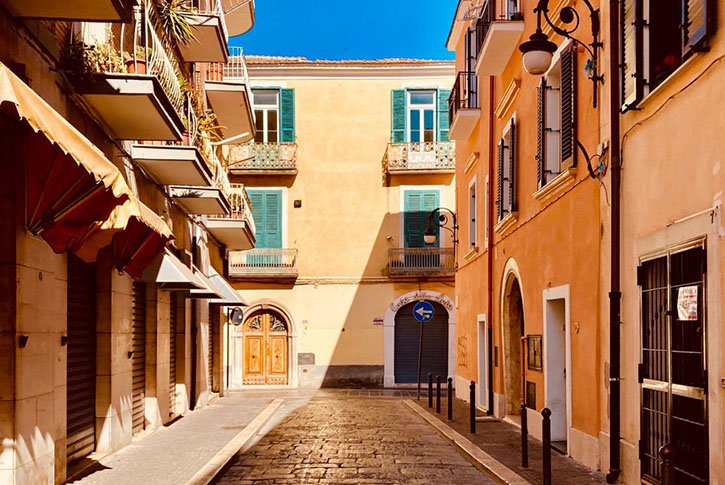
5. The Landscape and the Region: Nature’s Role in History
What truly sets Foggia apart, however, is its connection to the surrounding landscape. The Daunia region, which encompasses Foggia, is a land of rolling hills, vast plains, and rugged mountains. The proximity to the Gargano National Park adds a layer of natural beauty to the historical landscape. During my visit, I took a short trip out to the park, where I hiked through dense forests and explored caves that date back to prehistoric times. The quiet solitude of the park provided a stark contrast to the bustling streets of Foggia, but both are equally important in understanding the city’s history.
Foggia’s location in the plains of Puglia also made it a crucial agricultural center throughout the centuries. The fertile lands around Foggia supported the growth of wheat, olives, and other essential crops. The region’s agriculture has long been a driving force in its economy, and traces of this can be found in the local cuisine, which is based heavily on simple, fresh ingredients.
The surrounding countryside, dotted with ancient olive trees and vineyards, offers a beautiful backdrop to the city’s historical sites. As I stood on the outskirts of Foggia, looking out over the plains, I could appreciate how the city’s history has been shaped by its geography—its location at the crossroads of several important routes, the fertile soil that supported its growth, and the natural beauty that continues to draw visitors from around the world.
6. A Tapestry of History and Modern Life
Foggia’s charm lies not only in its ancient ruins and medieval buildings but also in its vibrant modern life. The city’s blend of old and new makes it an exciting place to explore. Walking through the historic center, I would often stumble upon lively markets, bustling cafés, and colorful street art that seemed to coexist with the centuries-old architecture.
While many tourists flock to Italy’s larger cities, Foggia offers a chance to experience a quieter, more intimate side of the country. The locals, warm and welcoming, are proud of their heritage, and many seem eager to share stories about the city’s past. Despite the passage of time, Foggia has maintained its unique character—a town where ancient Roman ruins sit side by side with medieval castles, and modern life continues to unfold amidst centuries of history.
As I reflect on my time in Foggia, I realize how much I’ve come to appreciate the way the town seamlessly blends its rich historical past with the energy of modern life. Each stone, each street, each building tells a story, and wandering through this city feels like walking through a living, breathing history book. Whether you’re standing in the shadow of the Castello di Foggia, exploring the ancient ruins of Siponto, or simply sipping coffee in a quiet piazza, Foggia offers a unique and enriching experience for anyone willing to take the time to explore its past.



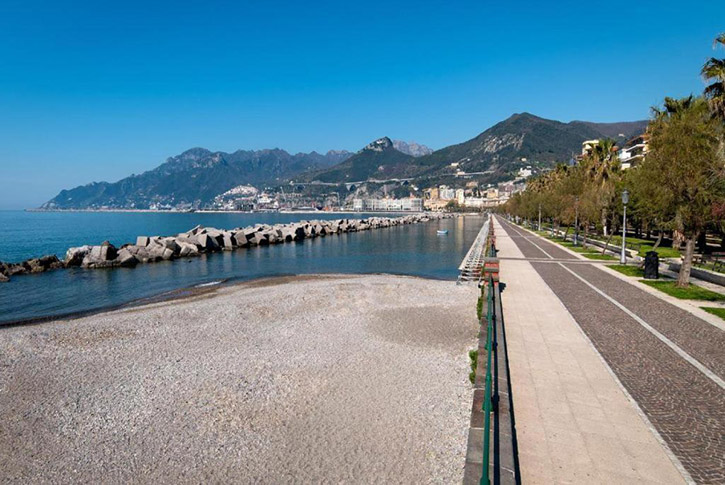


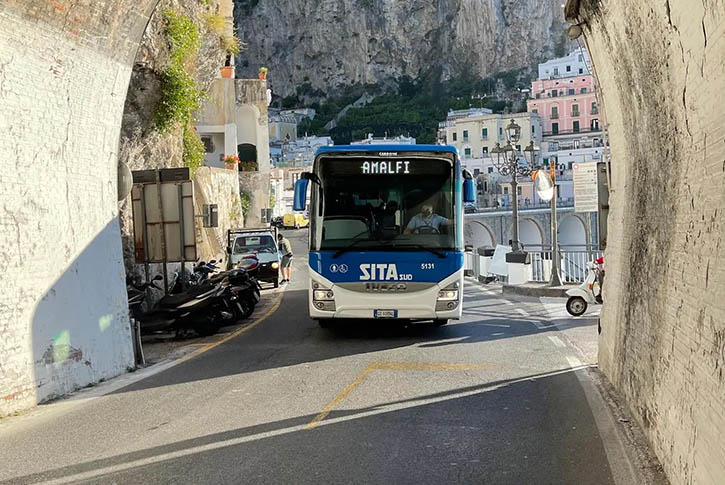
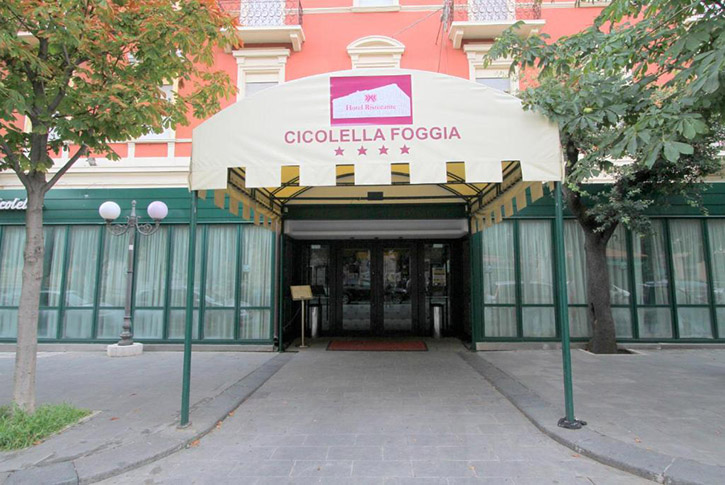
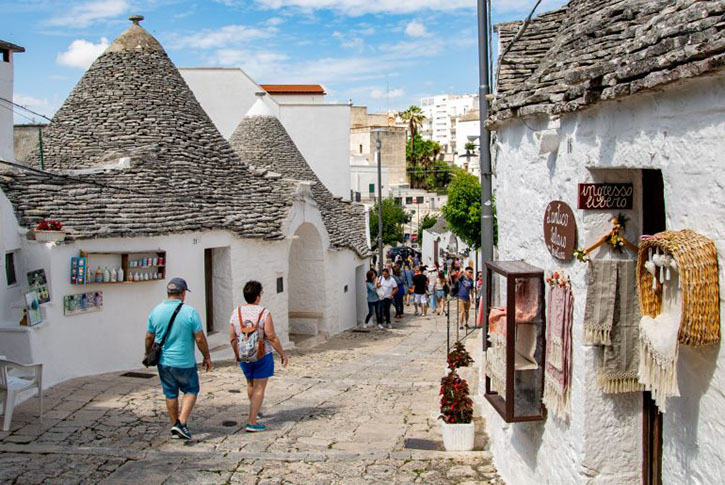
+ There are no comments
Add yours